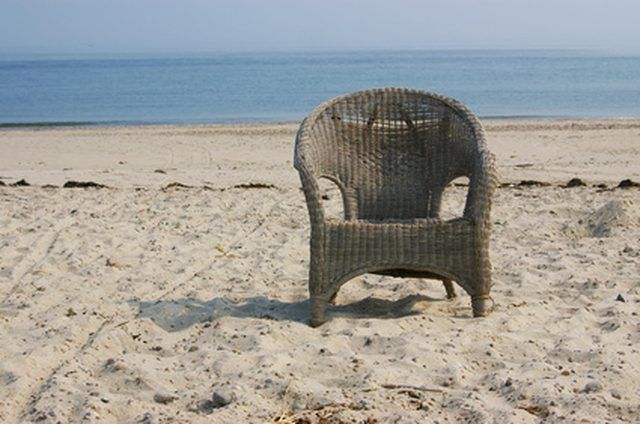Bulbs
Flower Basics
Flower Beds & Specialty Gardens
Flower Garden
Garden Furniture
Garden Gnomes
Garden Seeds
Garden Sheds
Garden Statues
Garden Tools & Supplies
Gardening Basics
Green & Organic
Groundcovers & Vines
Growing Annuals
Growing Basil
Growing Beans
Growing Berries
Growing Blueberries
Growing Cactus
Growing Corn
Growing Cotton
Growing Edibles
Growing Flowers
Growing Garlic
Growing Grapes
Growing Grass
Growing Herbs
Growing Jasmine
Growing Mint
Growing Mushrooms
Orchids
Growing Peanuts
Growing Perennials
Growing Plants
Growing Rosemary
Growing Roses
Growing Strawberries
Growing Sunflowers
Growing Thyme
Growing Tomatoes
Growing Tulips
Growing Vegetables
Herb Basics
Herb Garden
Indoor Growing
Landscaping Basics
Landscaping Patios
Landscaping Plants
Landscaping Shrubs
Landscaping Trees
Landscaping Walks & Pathways
Lawn Basics
Lawn Maintenance
Lawn Mowers
Lawn Ornaments
Lawn Planting
Lawn Tools
Outdoor Growing
Overall Landscape Planning
Pests, Weeds & Problems
Plant Basics
Rock Garden
Rose Garden
Shrubs
Soil
Specialty Gardens
Trees
Vegetable Garden
Yard Maintenance
How to Protect Wicker Furniture With Polyurethane
How to Protect Wicker Furniture With Polyurethane. Unprotected wicker furniture warps and cracks over time when it is exposed to the weather. While it is possible to repair the damage caused by exposure to weather, it is easier to completely prevent it. Wicker is often painted, and that provides a measure of protection and serves as decoration. If...

Unprotected wicker furniture warps and cracks over time when it is exposed to the weather. While it is possible to repair the damage caused by exposure to weather, it is easier to completely prevent it. Wicker is often painted, and that provides a measure of protection and serves as decoration. If you prefer natural-looking wicker to painted wicker you need to apply a coat of waterproof polyurethane, which will protect your outdoor furniture as effectively as paint.
Things You'll Need
Vacuum cleaner
Bucket
Rubber gloves
1 tsp. dish soap
1/4 cup bleach
Warm water
Scrub brush
2 soft cloths
Fine or medium-grit sandpaper (optional)
Waterproof polyurethane
Stir stick
Paintbrush
Vacuum the wicker thoroughly to remove any dirt between the woven wicker strands.
Put on the rubber gloves and pour 1 tsp. dish soap, 1/4 cup bleach and warm water into a bucket. Fill the bucket until it is almost full.
Scrub the wicker gently with a scrub brush and soapy water. Rinse the furniture until the water runs clear. Wipe the wicker with a soft cloth, then allow it to air-dry.
If the wicker has deep pits, or if the old finish is peeling, gently sand the surface until it is smooth. Wipe the dusty residue off with a soft damp cloth and let it dry completely, or vacuum the surface of the wicker again.
Open the can of polyurethane and stir to make sure it is completely blended.
Dip a paintbrush into the polyurethane and apply a generous coat to the wicker. Make sure to get the polyurethane deep into the ridges between the wicker cane strands. Let the polyurethane dry completely and then add a second coat.
Tips & Warnings
Expect this project to take more than one day because the deep ridges of the wicker tend to dry slowly.